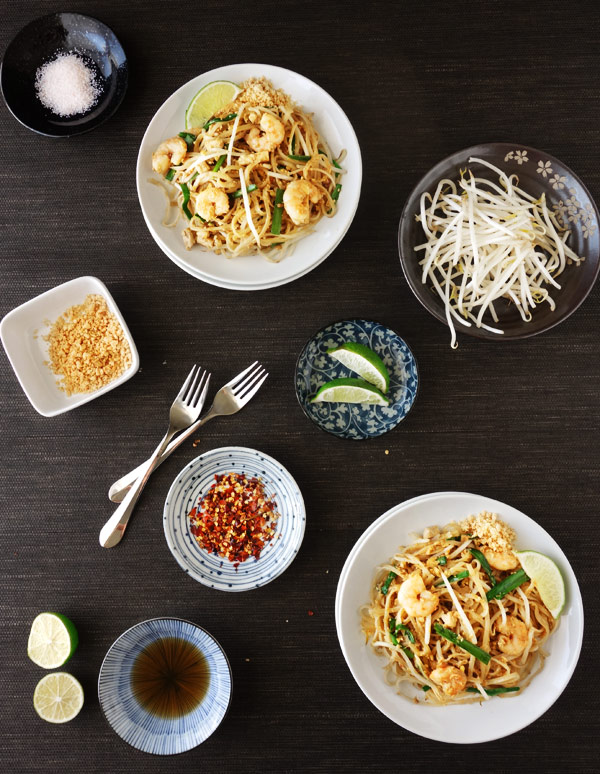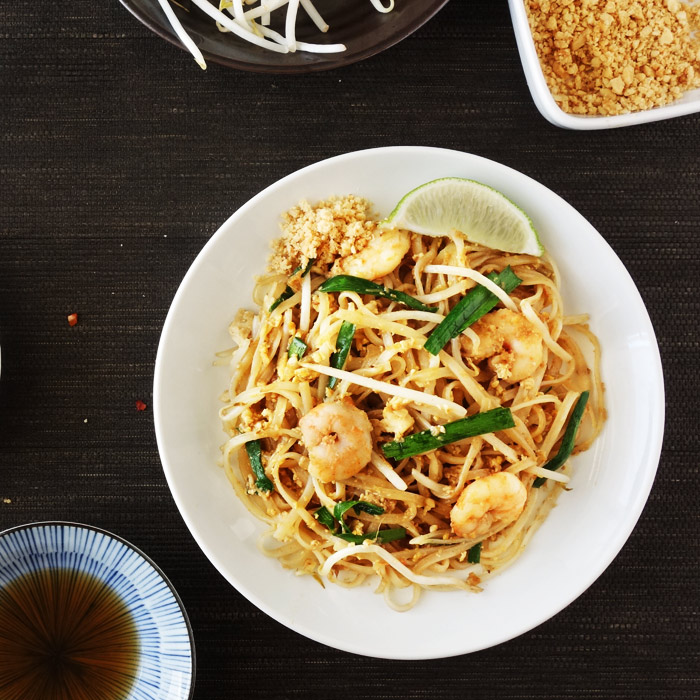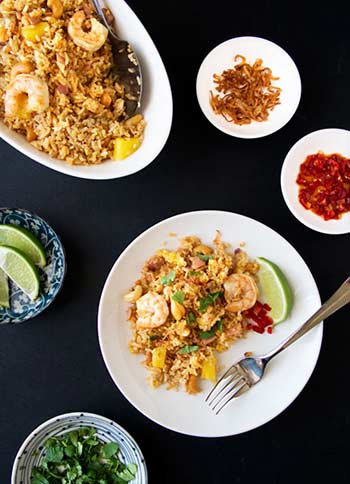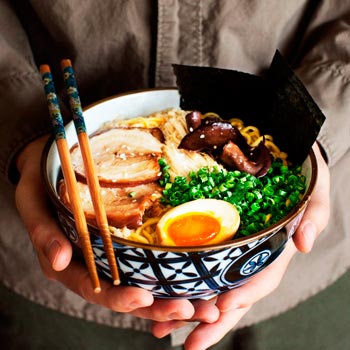You know what’s unforgiving?
Your spouse forgetting things. Selective memory, if you ask me. You ask him to buy one thing from Ralphs. Just ONE item. Red Bell Pepper. He remembers to go to Ralphs. He steps into Ralphs. He looks around. Then, a slow realization comes to his mind. He has totally forgotten what he was supposed to buy. That ONE thing.
I know I know.. I’ve briefly mentioned this before. But I have to say it again. It’s just too preposterous.
Totally unforgiving.
Taiwanized Italian Food.
Malaysianzied American Food.
Americanized Thai Food.
Also unforgiving.
Restaurants that claim to be authentic, yet when you step in to take a bite, the spaghetti sauce in Taiwan looks like they were pink sewage water, steaks in Malaysia (which are always accompanied by a black pepper sauce for some reason) which seems that there’s no possible way it can be anymore overcooked are and some Chinese Food in US doesn’t even exist in real Chinese cuisine.
Gasp!
Ok, to be fair, this doesn’t apply to all restaurants. But many do exist.
I had a few opportunities to ask some restaurant owners as to why this is the case. They claim that they’d go out of business because people simply won’t eat ‘real, authentic’ tasting dishes. Is this true, guys? Do we really rather eat a version of a dish that suites our palates instead of the real deal?
I ate my first pad Thai in the US. It was delicious. It tasted like the type of fried noodles made of ketchup and chili sauce my dad would make when I was young. Then, I went to Thailand. I ate a street pad Thai. It was heavenly. But it wasn’t the same as the one in the US. I felt duped. I wasn’t sure what to believe anymore.
Both versions of pad Thai were equally delicious but were equally different. If I didn’t have the chance to eat an authentic one, I wouldn’t even know there was a difference. Some may say, so no harm done, right? But doesn’t this rob us from experiencing something true? I think we should be given the chance to say that we’ve tried something but do not like it or we’re glad to have tried it and love it to death.
Why not offer both versions in the menu? Or instead of Thai Food, why not name it Thai Fusion or Thai American. At least people like me wouldn’t feel cheated after realizing the cold, hard truth. We may even thoroughly enjoy that ‘fake’ version as much as the original version like in my case. Win win.
Aahh… this talk about Thai food is making me crave for some. Time for some real pad Thai… at least according to my palate’s memory.
The trick to a no fail pad Thai is first to soak the noodles in room temperature water. A lot of recipes call to soak in warm or hot water. This will make the noodles turn to a mush since they may be soft outside but inside, the noodles are still pretty firm. Room temperature water may take longer but it’ll soften the noodles evenly. So when frying, the noodles also cook at an uneven rate. Second is all the ingredients must be ready beforehand (especially the sauce). From the time the oil hits the wok or pan, things move pretty quick. Third is not to overcook the noodles. Once it’s ready (soft and chewy), immediately remove from heat.
If you love everything about Thai and ‘fried’, head over and check out this Thai Pineapple Fried Rice.
If you haven’t already, check out my last post Tonkotsu Ramen. Rich, delicious pork & chicken broth with fresh noodles, soft yolk eggs & melt in the mouth pork belly. Ultimate comfort food.
What to you, is unforgiving?
Pad Thai Serves 2
what you need:
7 oz pad Thai noodles (labeled ‘M’ or ‘L’)
3 garlic cloves, finely diced
2 shallots (shorter variety), finely sliced
12 – 14 medium shrimps (about 1/2 pounds), peeled
1/2 extra firm tofu, thinly sliced
2 tbs shell-on dried shrimps, roughly pounded
2 tbs preserved radish/turnip, finely diced
2 handful mung bean sprouts
3/4 cup Chinese garlic chives, bottom inch discarded and cut into 1 1/2″ length
2 large eggs
Pad Thai Sauce: Makes 8 tbs sauce, you only need 6-8 tbs sauce depending on your taste
1/4 cup fish sauce
1/4 cup tamarind pulp
1/4 cup coconut palm sugar
Garnish and Extras:
1/4 cup unsalted roasted peanuts, roughly chopped
Raw mung bean sprouts
Chili flakes or chili powder
Lime wedges
Salt & fish sauce
directions:
1. Soak noodles in room temperature water until noodles are soft (about 30 – 45 minutes). It has to be soft enough to twirl with fingers. If not, soak longer. Drain and set aside.
2. In a saucepan, gently heat the tamarind pulp, sugar until the sugar is dissolved. Remove from heat and mix in the fish sauce. Set aside.
3. Over high heat, add 2 tablespoons of oil in a wok or a wide pan. When almost smoking, add the shallots. Fry for a minute or two. Add the garlic.
4. When both have turn to a golden (don’t burn them), add the tofu and sear till slightly brown. Add the dried shrimp and preserved radish. At this point, it will dry considerably. Add 1 tablespoon water and 1 tablespoon of sauce to the mixture. Continue to fry until fragrant.
5. Add the noodles, 6 tablespoons of sauce. Fry until the noodles soften a little.
6. Push the noodles to the side, add some oil and crack the eggs in. When the eggs have almost set, fold in the noodles over the eggs and throw in the shrimp. Fry until the shrimp is almost pink.
7. Take a bite of the noodles. It should be soft but chewy. If it’s still not fully cooked, continue frying. Also, taste the noodles and add more sauce according to your taste. If the wok or pan seems dry, add water 1 tablespoon at a time.
8. Add the bean sprouts and chives. Give it a quick stir, turn off the heat, garnish and serve immediately.
Notes:
1. Dried shrimps, preserved radish/turnips and Chinese garlic chives can be found in most Asian markets.
2. Don’t fry more than 2 servings at a time or your pad Thai may turn into a mush.




